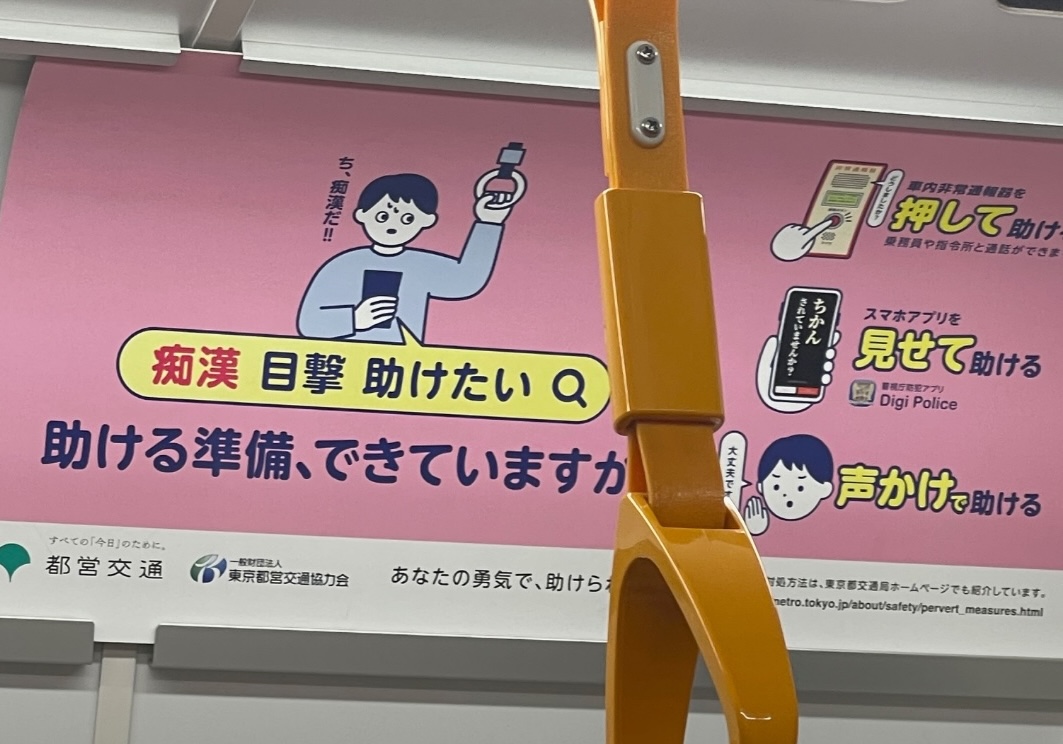A radical proposal for sinographs
Letter to the editor of Taipei Times (4/29/25) by Te Khai-su / Tè Khái-sū:
Abolish Chinese characters
A few months ago, under the overhang walkway (teng-a-kha, or Hokkien architecture) of a Tainan side street, I saw a child — perhaps 10 years old — hunched over one of the collapsible tables of her parents’ food stall, writing columns of “hanzi” (漢字, Chinese/Han characters), each in their dozens.
A familiar, if rather sad sight in Taiwan — although not nearly as spectacular as Hugo Tseng’s (曾泰元) evocative account in this newspaper (“Rejuvenating ‘Chinese character,’” April 20, page 8), where he recalled the legend of Cangjie’s (倉頡) creation of hanzi, describing how “millet grains rained from the sky and the ghosts and gods wept at night.”
Read the rest of this entry »



